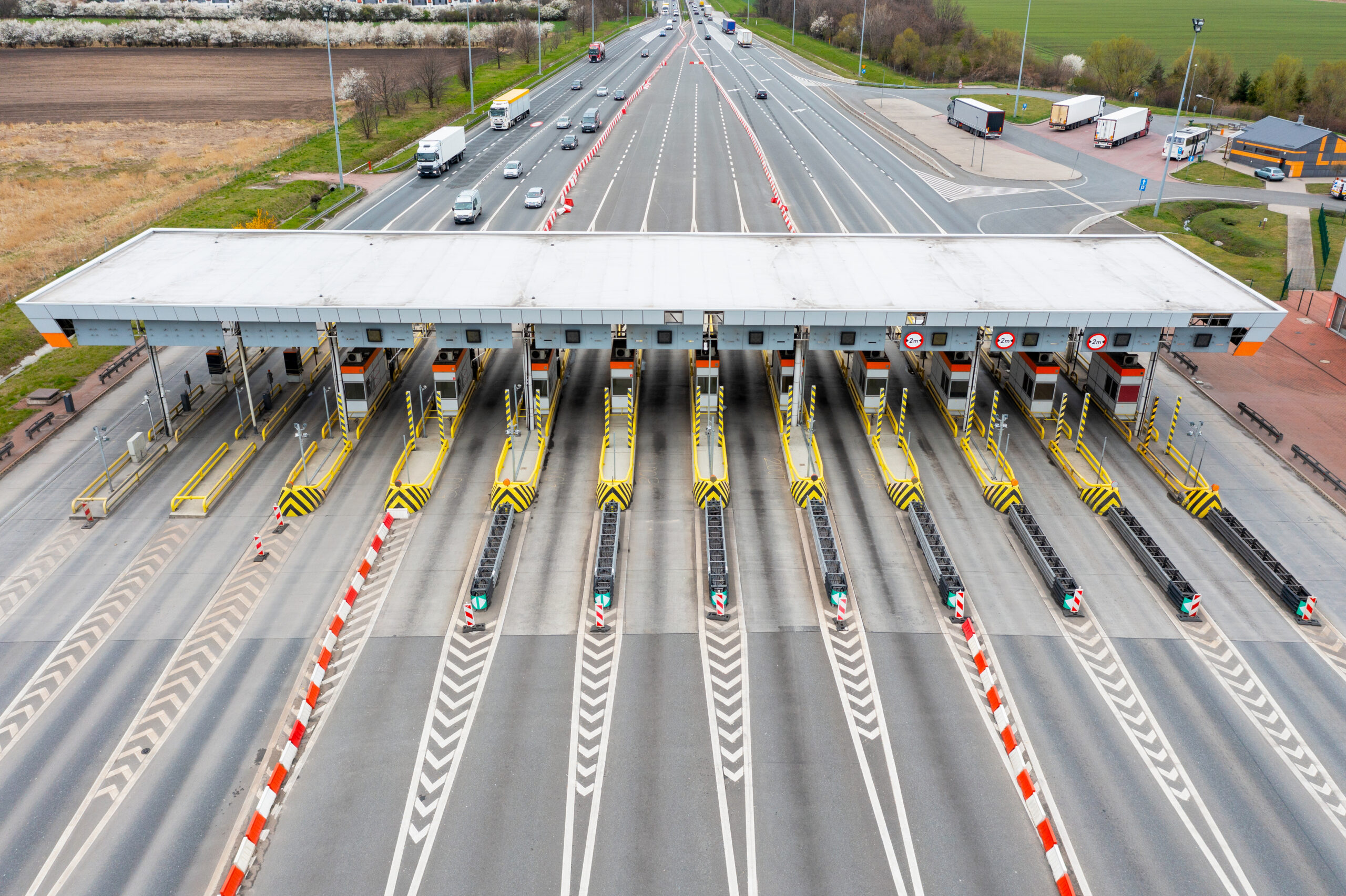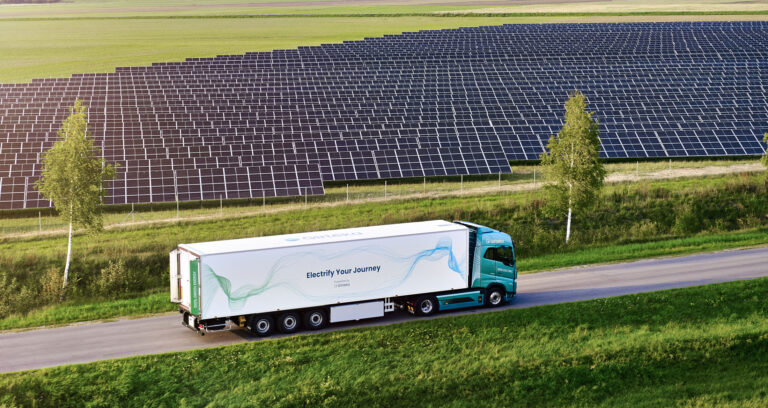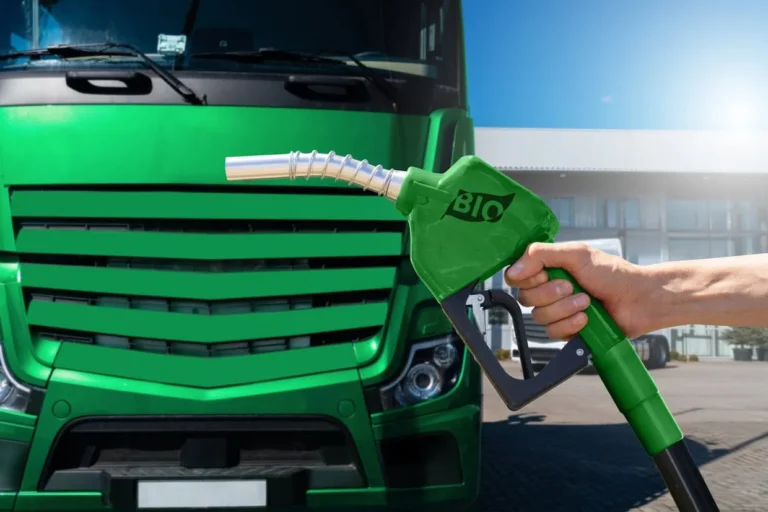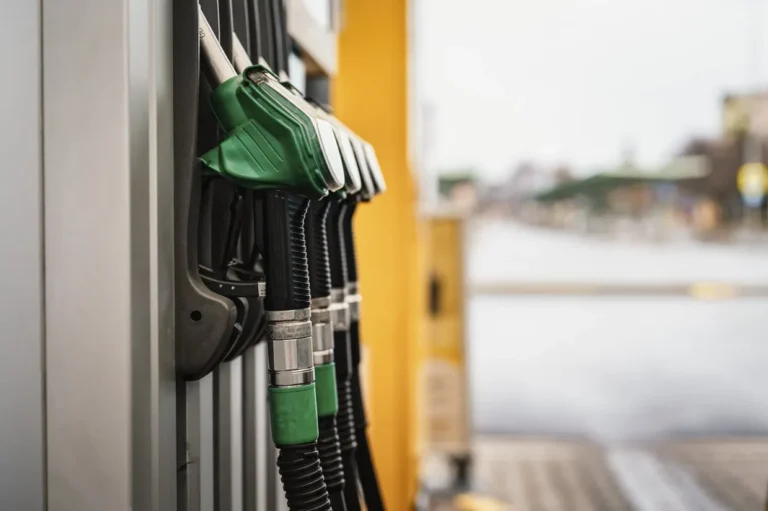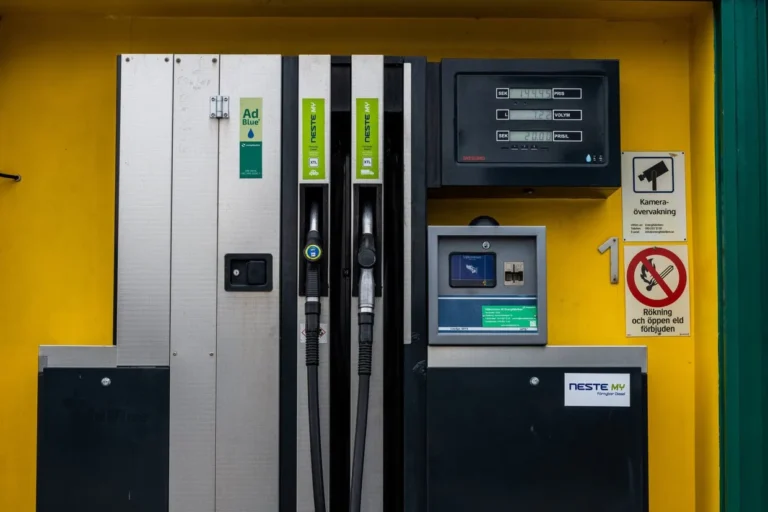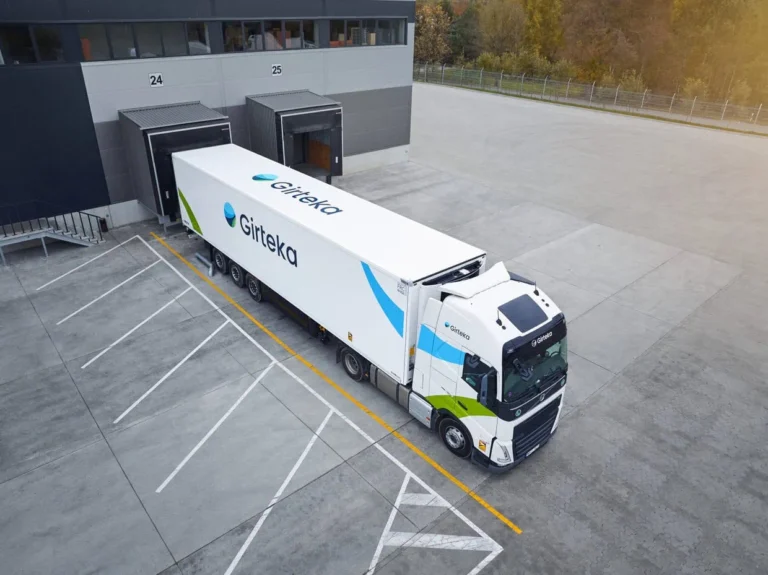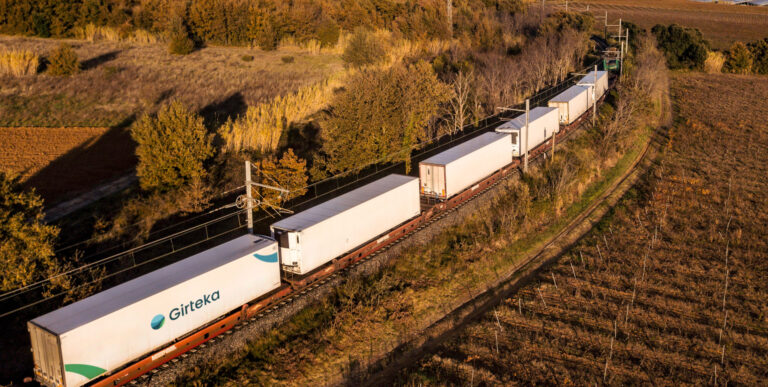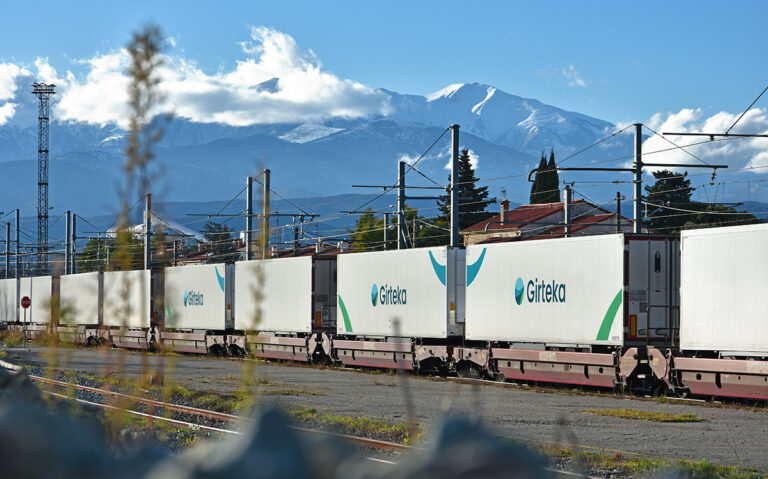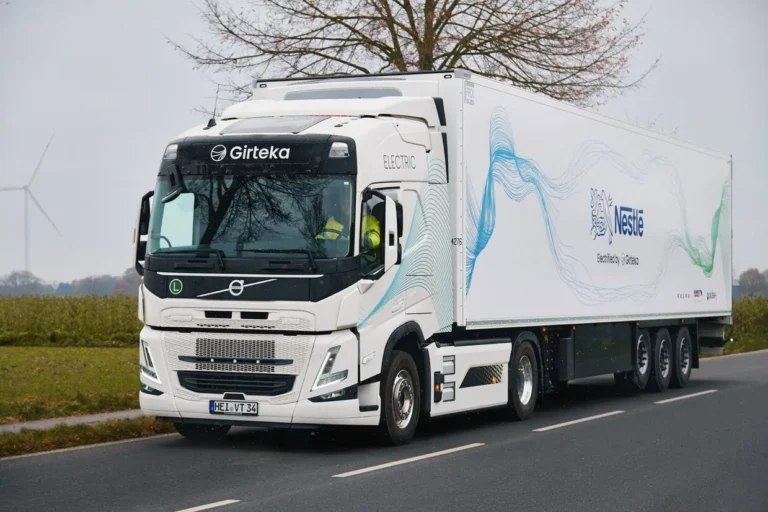The system of charges for heavy goods vehicles (HGVs) for the use of roads and motorways in the European Union (EU) is changing. The level of tolls is to be determined not only by the costs of infrastructure maintenance and the economic situation of the country, but also environmental issues, drive towards decarbonisation, use of environmentally friendly technologies and alternative fuels. Following this direction, Germany is launching the new tolls on December 1, 2023, with the proposed increase that may raise hauliers’ costs by up to 80%. How this change will affect transport companies and the industry as a whole is explained by Girteka, the largest asset-based logistics company in Europe.
The Road to Green Transport
A standardised road pricing system within the EU was first introduced by the 1999 Eurovignette Directive (1999/62/EC). The road tax collection system was based on two principles: vignettes, which are a fixed amount that allows the use of roads for a certain period of time, and tolls, which depend on the distance travelled.
In 2011, amendments to Directive 1999/62/EC were adopted, requiring road and motorway tolls to reflect the environmental impact of road transport. Toll rates were aligned with emissions to encourage companies to use green alternatives and shift freight flows to rail and waterways.
Further changes were enacted in 2022. Directive 2022/362, which came into force on March 24, 2022, introduced a gradual change to the road toll model, basing it on distance and CO2 emissions. By 2024, toll rates must be differentiated according to the CO2 emission class of vehicles in those EU countries, where government-directed distance-based tolling system had been applied.
In addition, all HGVs with a maximum permissible weight of more than 3.5 tonnes will also be subject to tolls (currently, Germany, Denmark, Sweden and Luxembourg exempt some or all freight vehicles with a gross vehicle weight (GVW) of 3.5 to 12 tonnes). Finally, as of March 25, 2030, vignettes are to be phased out on the entire trans-European transport network (TEN-T), except in justified situations.
“The changes to the road toll system in Europe will not enter into force without making an impact on the cost of doing business in the transport industry. Encouraging the use of cleaner trucks while discouraging the use of less efficient vehicles will have an impact on the total cost of vehicle ownership and on decisions related to fleet purchases,” explains Mindaugas Pasilauskas, CEO Girteka Europe West.
Record-Breaking Increases in Germany
Germany will be the first country to introduce new toll rates following the EU’s decision to base them on CO2 emissions. The proposed rates could increase the cost of transport operations on German federal roads and motorways by around 80%.
On January 1, 2023, the German federal government presented a draft amendment to the Federal Trunk Road Toll Act, differentiating toll rates according to vehicle weight and number of axles. More emphasis was placed on the costs of air and noise pollution.
The increase in road user charges will therefore be particularly acute for EURO 5 and older vehicles. The additional partial rate for CO2 emissions will come into force at the end of the year, on December 1, 2023.
Germany intends to add a CO2 surcharge of €200 per tonne of CO2 emissions to the road toll for HGVs, including extending it to vehicles with a GVW of more than 3.5 tonnes from July 1, 2024. Currently, HGVs that emit a lot of CO2 emissions are subject to higher tolls if they weigh over 7.5 tonnes. The amount of the new tolls in Germany will depend on one of the five vehicle classes (classified for six years on the respective initial registration date):
- Class 1: highest CO2 emissions and correspondingly the highest possible surcharge. In the beginning, all vehicles are automatically classified in this class, which can be changed at the request of the vehicle owner (for vehicles with a registration date on or after July 1, 2019).
- Classes 2 and 3: assigned once the appropriate vehicle’s data is entered into the Toll Collect Portal (if a Toll Collect Onboard Unit – OBU – is used), according to the vehicle’s specific CO2 emission levels.
- Class 4: applies to low-emission HGVs, such as natural gas vehicles (NGVs).
- Class 5: applies to only zero-emission HGVs, in particular battery- or hydrogen-powered electric vehicles. They are fully exempt from tolls until December 31, 2025, afterwards, a 25% of the toll rate will be collected for infrastructure costs.
What does this look like in practice? Currently, the toll rate in Germany is €0.19 per kilometre for an HGV with 5 axles and above 18 tonnes of weight. Under the new system, the charge will almost double to €0.34, an increase of €0.15 per kilometre. The German Ministry of Transport estimates that the toll changes will generate additional revenue of €7.62 billion per year.
“More upward pressure on road tolls in Europe is to be expected in the near future. The pressure to decarbonise transport is immense and there is no escaping from it. Meeting CO2 reduction targets is becoming a priority, regardless of company size. Hence, every company will have to factor environmental costs into its operations. For transport companies, this means a change in their approach. The potential of digitalisation and an appropriate fleet development strategy will play a key role in their competitiveness in an already very competitive market,” emphasises Pasilauskas.
Girteka Leads the Way in Investments in Low-Carbon Solutions
Girteka has long been increasing its investment in the development of a modern fleet, the digitalisation of its services and implementation of environmentally friendly solutions. Its fleet currently comprises more than 8000 trucks, all of which are EURO 6 standard and have an average age of two years. Last year, Girteka signed an agreement with Scania to supply 600 electric trucks.
Girteka is also implementing telematics systems and Artificial Intelligence (AI) -based tools, such as the AI Planner, which support the planning of international routes with the aim of reducing emissions and minimising empty mileage. Among the various green solutions currently available at Girteka are long-distance intermodal services – using rail transport as an alternative to entirely road-based deliveries and combining it with a vast and dense network of road transportation routes.
